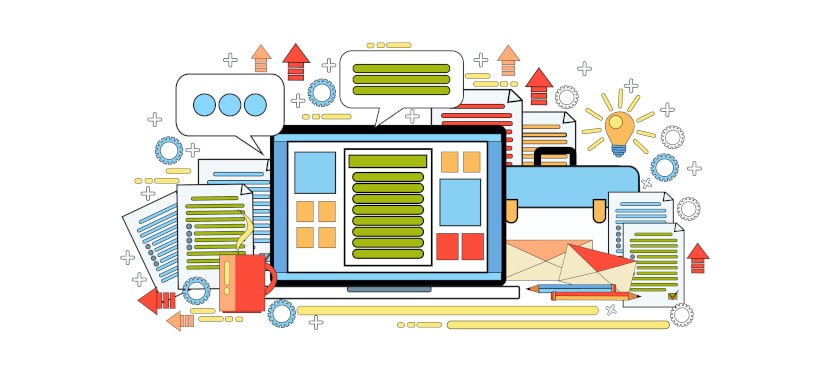
Everything you need for your Custom eLearning Solution

There are no refunds, learners cannot get their time back if we waste it. (Christopher Pappas)
We take complex subject matter and instructor-led face to face training and convert it to eLearning.
The subject matter includes pre-recorded lectures, PowerPoint presentations, hand-outs, workbooks, course notes, audio and video files and any other learning resource materials.
We take the content and create eLearning courses that are stimulating, engaging, interactive and learner centric.
They are hosted on your learning management system or we can provide a .
Dramatically synthesize integrated schemas with optimal networks. Energistically scale future-proof core competencies vis impactful experiences. Seamlessly visualize quality intellectual capital without superior collaboration and idea-sharing.
The Instructional Designer works with the Subject Matter Expert (SME) to design and develop the learning experience.
The SME is the person who is the authority on the topic related to the course to be created.
We work with the SME using the five step ADDIE Instructional Design Model to create your online course.
Analysis helps you gain a clear understanding of the course requirements and the key factors to consider are –
Fundamental to this stage is the training needs analysis (TNA). The TNA identifies the gap between the actual knowledge and skills and the desired knowledge and skills.
Design is where we put the flesh and bones on the subject matter. We begin with the learning assessment and work our way backwards.
To borrow a phrase from Stephen Covey: “We begin with the end in mind”. Key factors in this stage are –
Storyboarding, scriptwriting, user interface and user experience design
Identifying the media, resources and assets to be used to support the course content
Designing the learning assessments so we can determine if learning outcomes have filled knowledge and skills gaps
We have analysis and design. This is where we put the design into action and develop the course ideas. It’s time to build your eLearning course and bring all the media, resources and assets to life. This stage includes –
At the end of this phase the end product is ready for your learners.
To recap and see how each stage is connected to the implementation let’s take a quick overview of the steps –
The course has been tested, reviewed and approved. The implementation is where the learners experience and complete the course. The course files are exported to a LMS (Learning Management System). During the process the course is configured for evaluation, detailed tracking and reporting.
Evaluation is not confined to the end of the process and revisions are an integral part of the ADDIE model. Using evaluation in the analysis, design, development and implementation stages ensures that any issues that arise can be addressed before the course is published.
Ultimately you want to assess if knowledge has transferred to the learners and learning outcomes have been achieved. You also want feedback from users. The key elements of this stage are –
At the end of the process you should be able to answer two questions –
🙶 Were appropriate knowledge and skills gaps filled?🙷
🙶 Did the time and money invested in the training give a return on investment and contribute to the bottom line?🙷